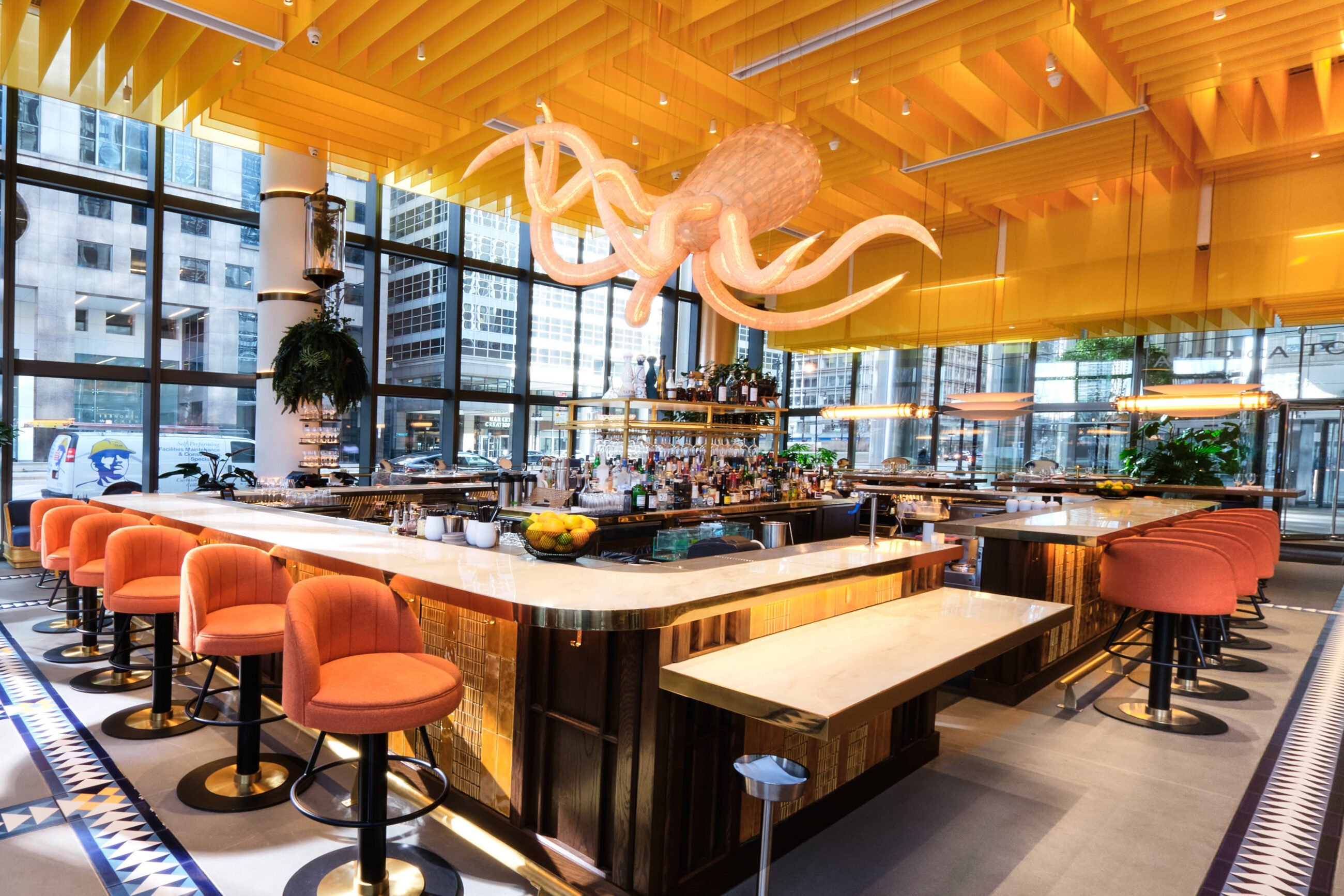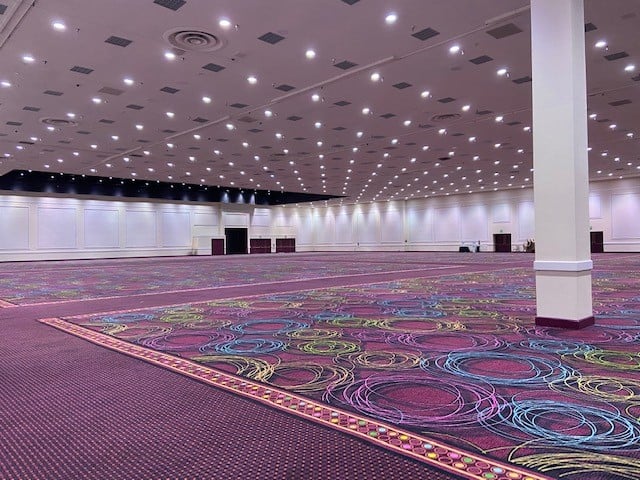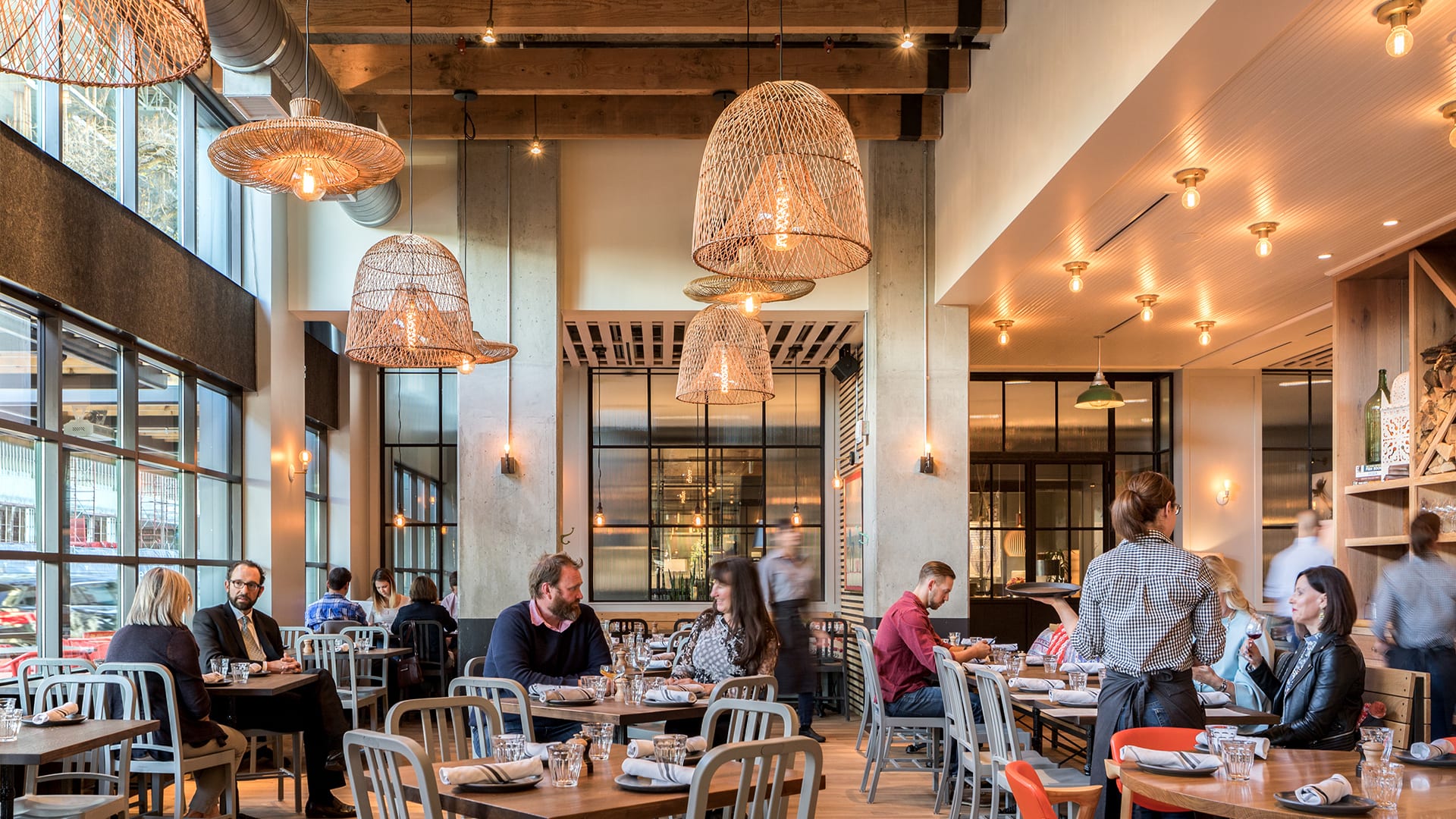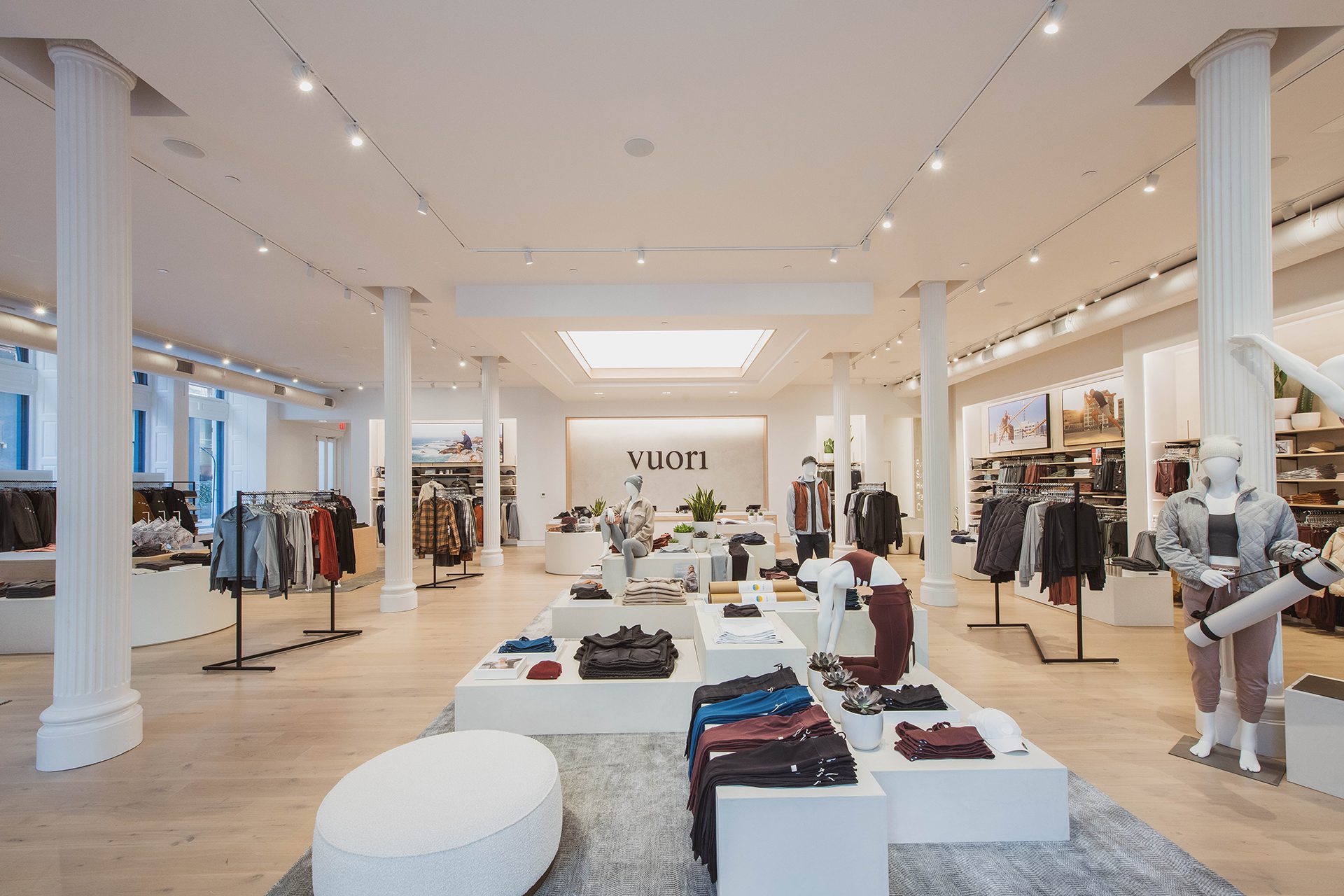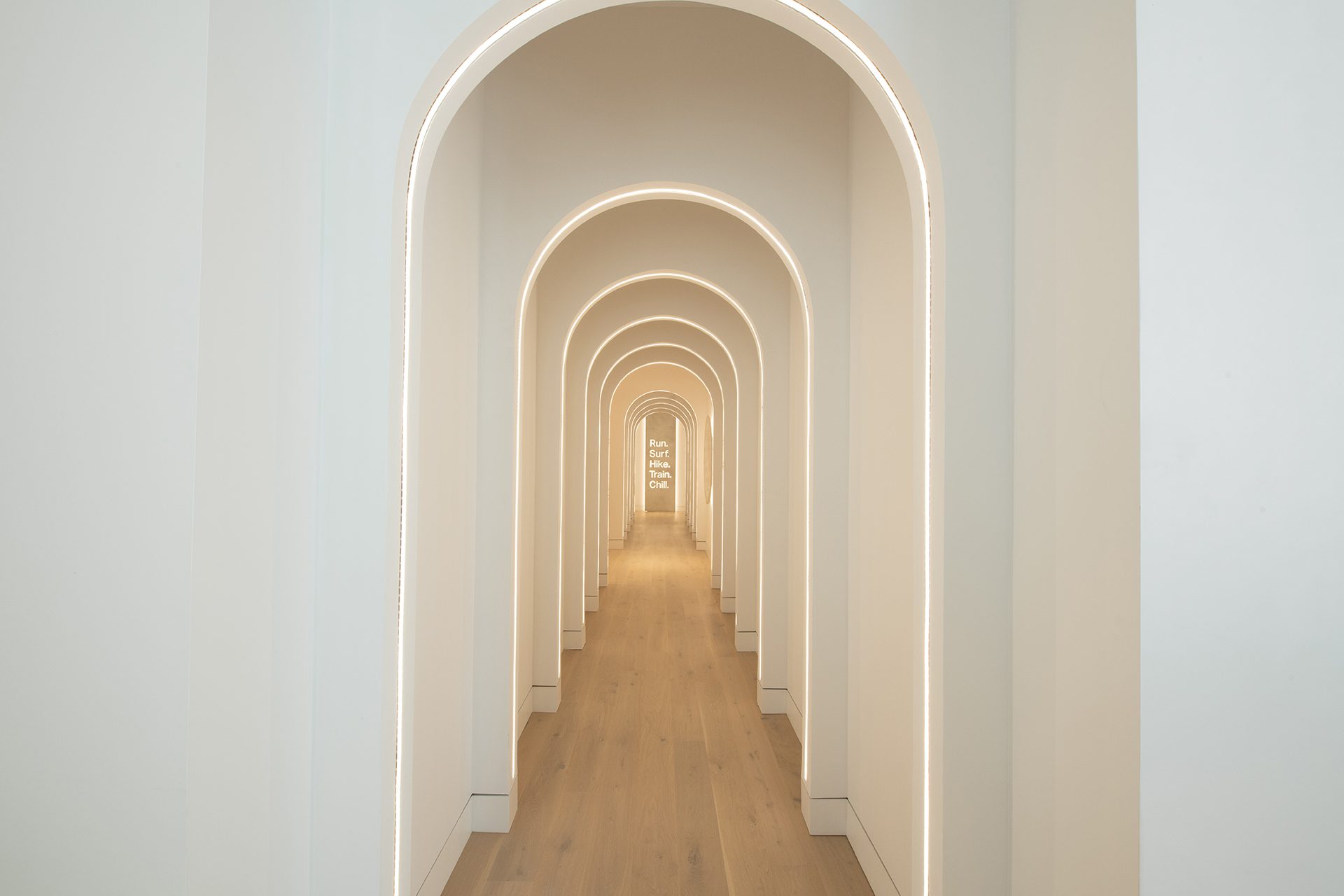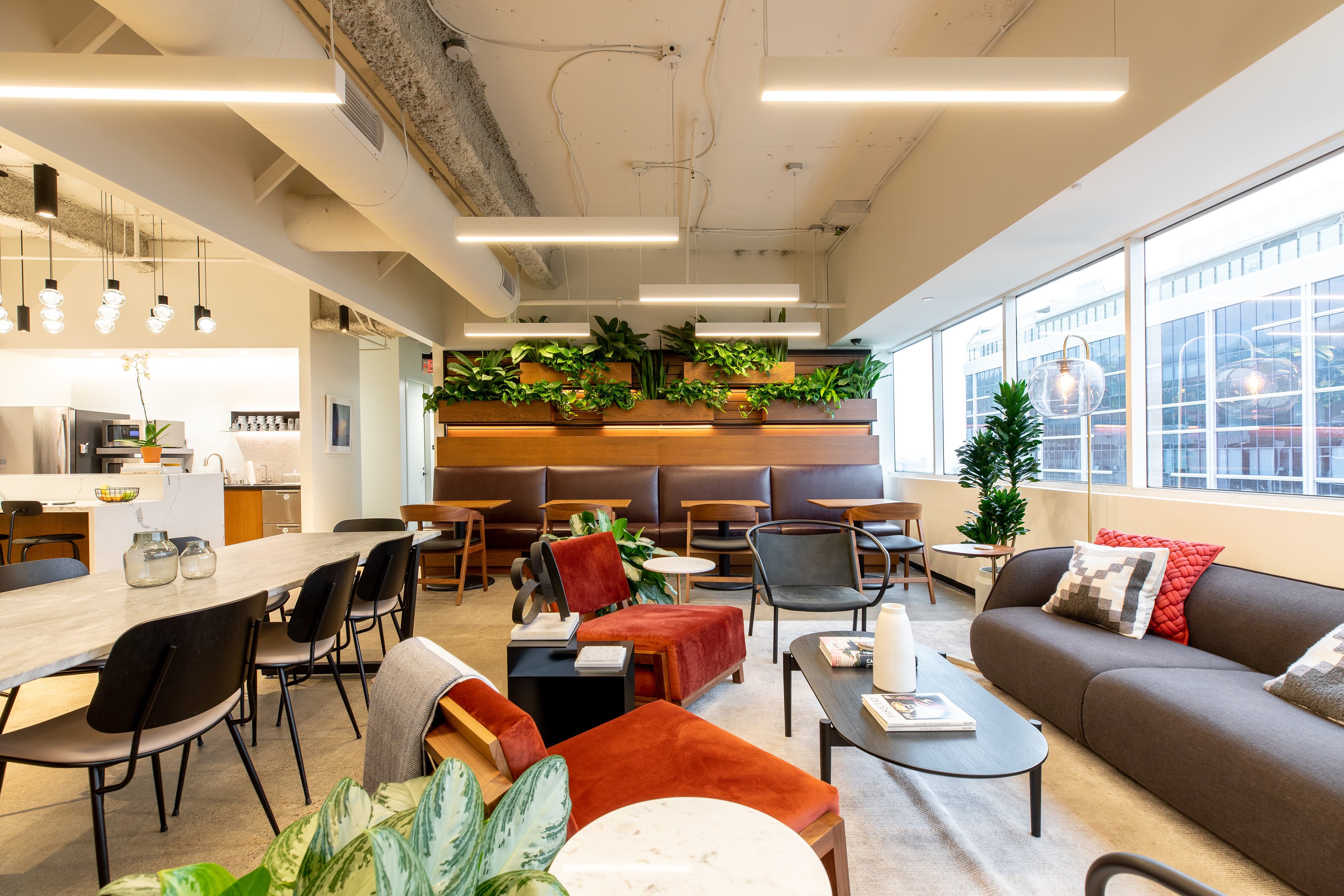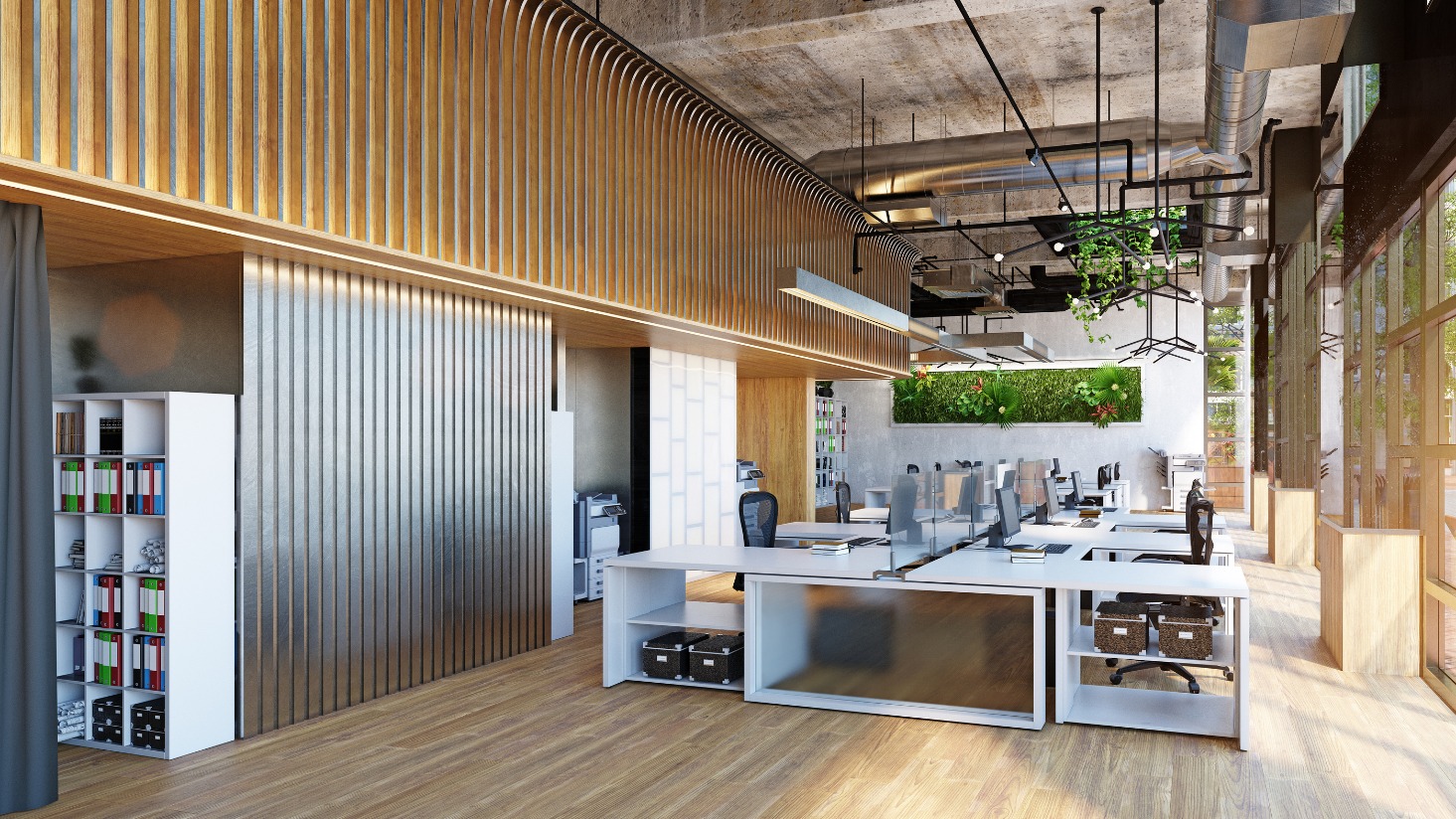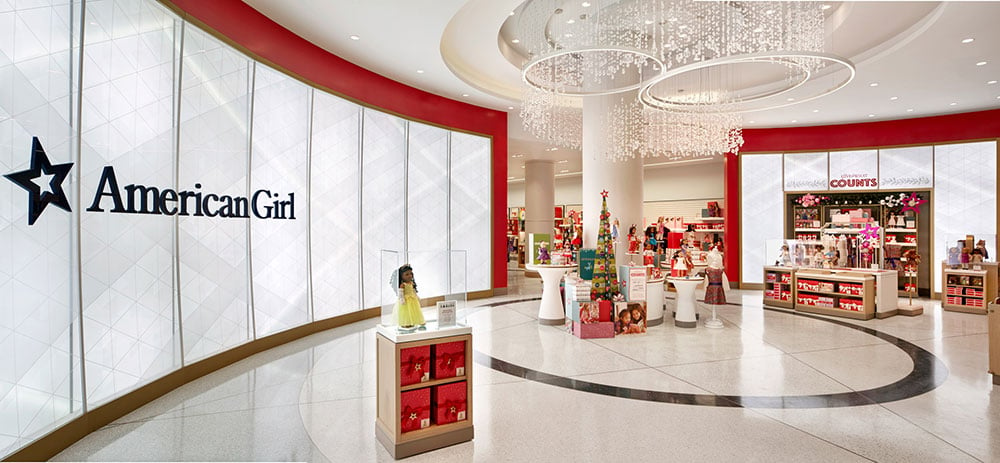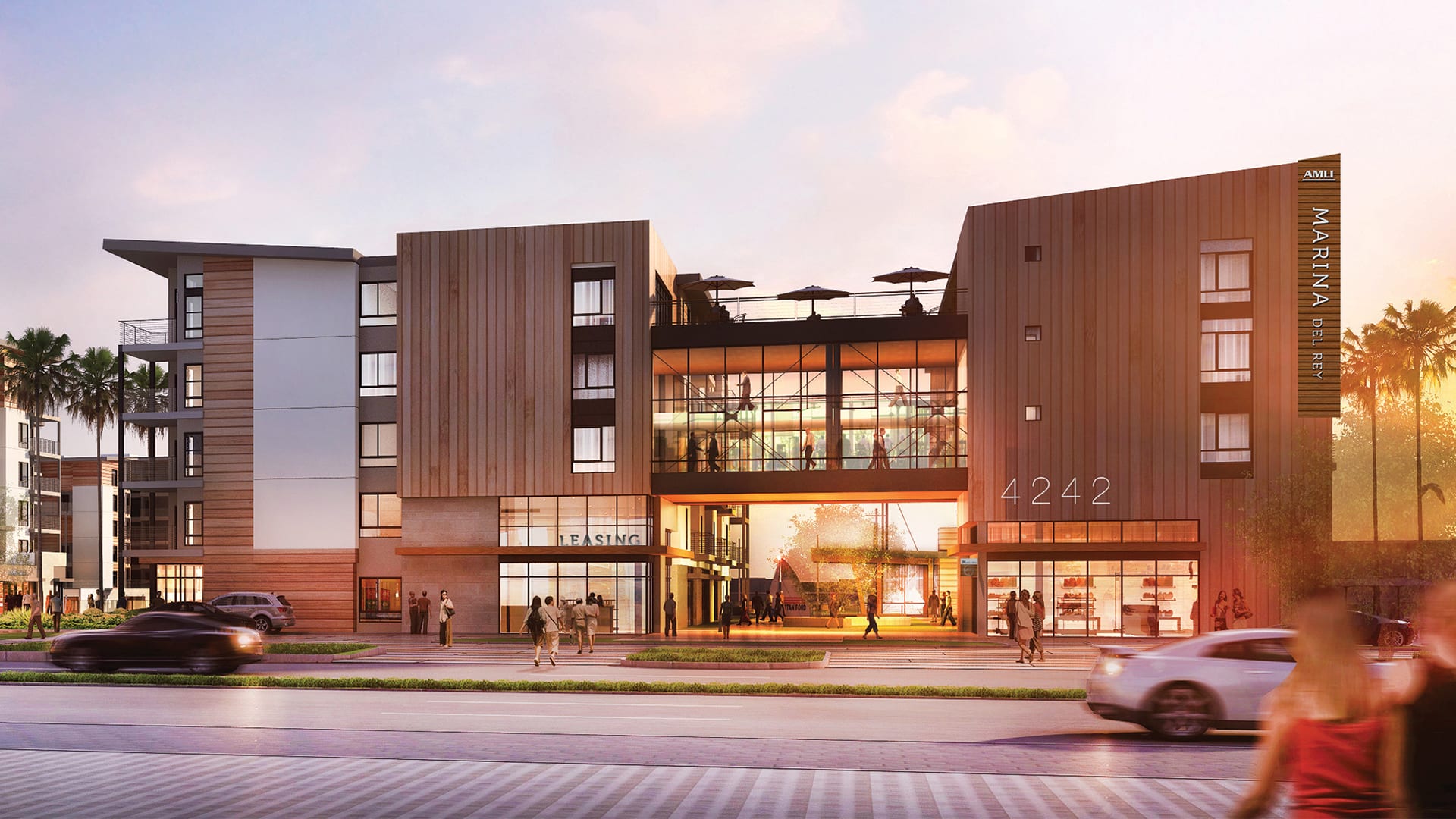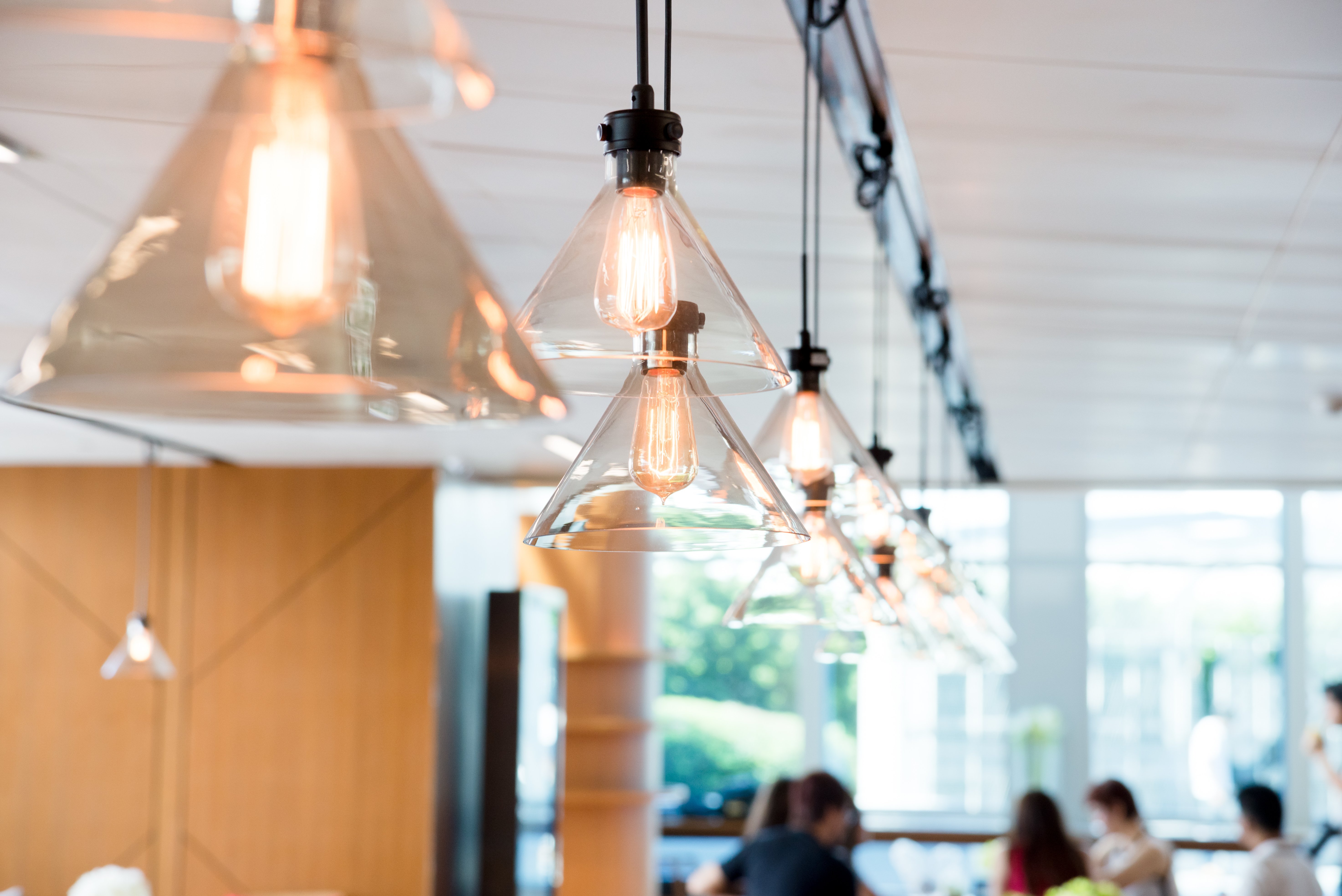How architects can solve for color consistency in lighting
Have you ever gone back to a project months after completion only to find that the LED lighting has gone from a consistent, even color and brightness to a hodgepodge of colors or hues? How could that happen, especially with the same product being used?
The simplest answer is, there can still be a lack of consistency among LEDs, even 15 years after the products became popular. There are several "ingredients" that make up the final LED diode, which results in slight variations between products.
So, what's the solution? Manufacturers have worked to improve color consistency in LED lighting products. But if the client orders from several manufacturers, you may notice that the products all look different, even though they are technically supposed to be the same. Or in some cases a value-engineered option was introduced with lower quality that degrades over time.
We'll explain several reasons behind color consistency problems and introduce several ways to make sure your lighting is up to necessary standards.
Why there's color consistency problems with LEDs
Problems with color consistency can be noticeable the minute a guest or customer walks into a high-end retail store, multifamily building, hotel, or restaurant. You want your customers to notice your product, not the different colors in your ceiling.
Different colors may surface immediately (just when it feels like a project is coming together) or down the road as products are replaced.
There are several technical reasons behind color consistency problems. For example, if you work with a manufacturer who lacks a tight tolerance on the chips they use, there could be a noticeable difference in color from one fixture to the next. The process of sorting these chips is call "binning."
But color consistency issues can also arise from project logistics. Value engineering can introduce quality issues that can have an adverse effect on long-term space aesthetics. When products are sourced from multiple manufacturers, the chances of color consistency problems only increases.
While value engineering is sometimes a necessary step, it's not always best for the end result. We explain why value engineering can detract from lighting aesthetics and what to do about it.
Practical solutions for fixing LED color consistency
That's where the practical solutions come in. Overall, technology has improved, allowing us to mitigate the risk of inconsistent lighting. Color tuning products allow the user to "tune" the color by separately dimming arrays of warm and cool LEDs. There is something to be said for being able to dial-in each fixture to the right color after it's installed in the field.
There are other innovative ways to make up for the inherent differences in chips. The manufacturer Xicato created high-quality modules that use an algorithm to produce remote phosphors that accommodate for different chips.
But an even more practical solution is to involve a lighting design team who can help reduce the risk of these issues down the road. For an architect, using a lighting designer who can factor in price and quality from the beginning helps to avoid value engineering the quality out of a lighting package down the road. The results: a better long-term space for your client (and more sleep at night for you).
How architects can make sure lighting is consistent
The best way to make sure lighting will be consistent once the project is finished is to talk to your client about how quality impacts the long-term performance of lighting systems. We're also happy to be involved in this conversation so that a client can weigh the value they are getting in their lighting package.
If you've faced challenges with color consistency from value-engineered specifications or clients who have issues with their lighting package, contact us for a free consultation. We'd be happy to talk through our unique process to lighting design that makes your life easier.





